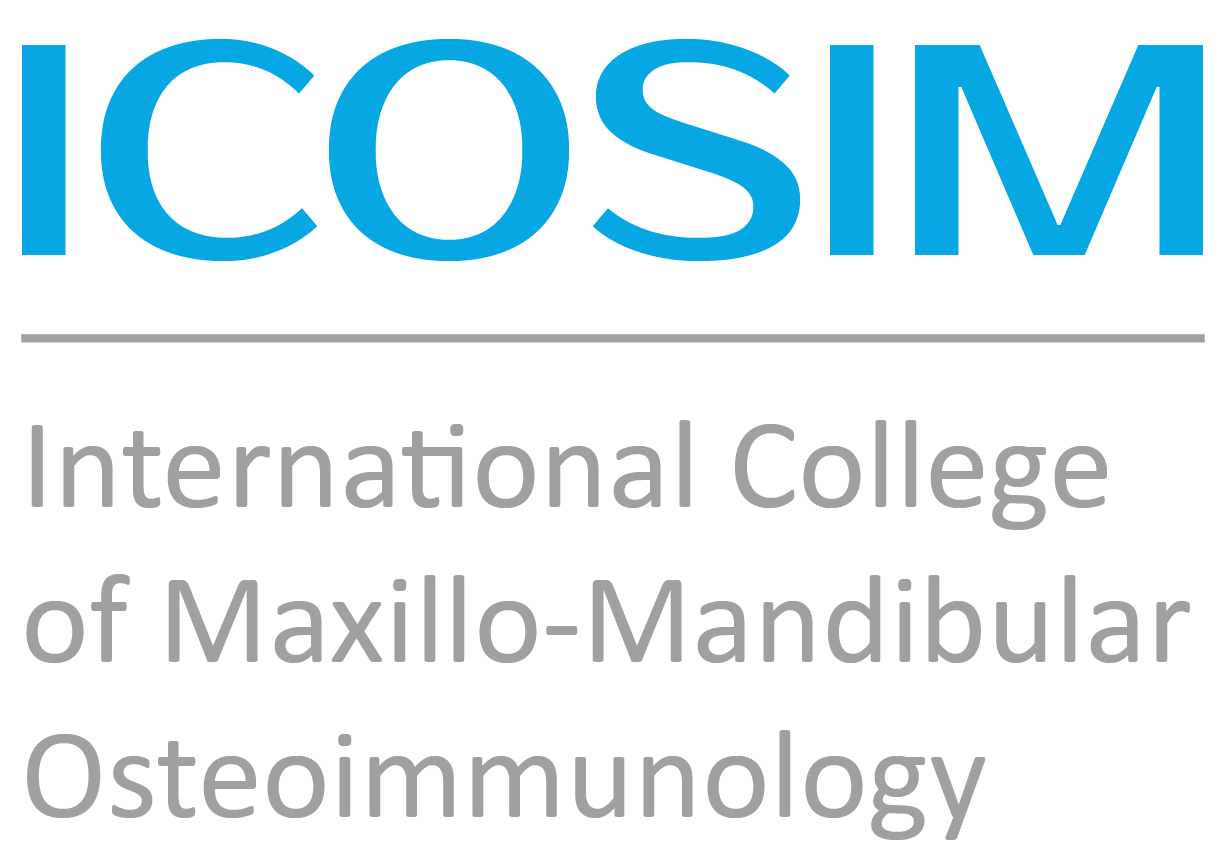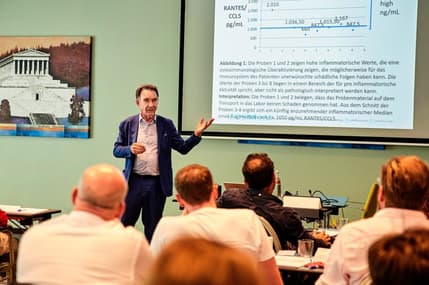Safe the date:
ICOSIM-Webinar – Wed, 04. June
Safe the date:
ICOSIM-Webinar – Wed, 03. Sep
Safe the date:
ICOSIM-Webinar – Wed, 05. Nov
Lecture at congress:
Amsterdam-second edition of Bio Basics.
Thu, 13. – Fri, 14. Feb
Lecture at congress:
Lecture Le Berlin AGBiZ Dr. Vetter
Fri, 31. Oct – Sat, 01. Nov
Lecture at congress:
Seminar MaCa and RANTS ZAEN
Sat, 29. March
Lecture at congress:
Pre-congress Seminar Lechner Osteoimmunology
Thu, 08. May
Lecture at congress:
DEGUZ Leipzig
Fri, 09. – Sat, 10. May
Lecture at congress:
IAOMT Istanbul Lecture
Thu, 15. – Sat, 17. May
- 1
- 2
- 3
- …
- 5
- Next Page »

 Deutsch
Deutsch English
English Português do Brasil
Português do Brasil Español
Español